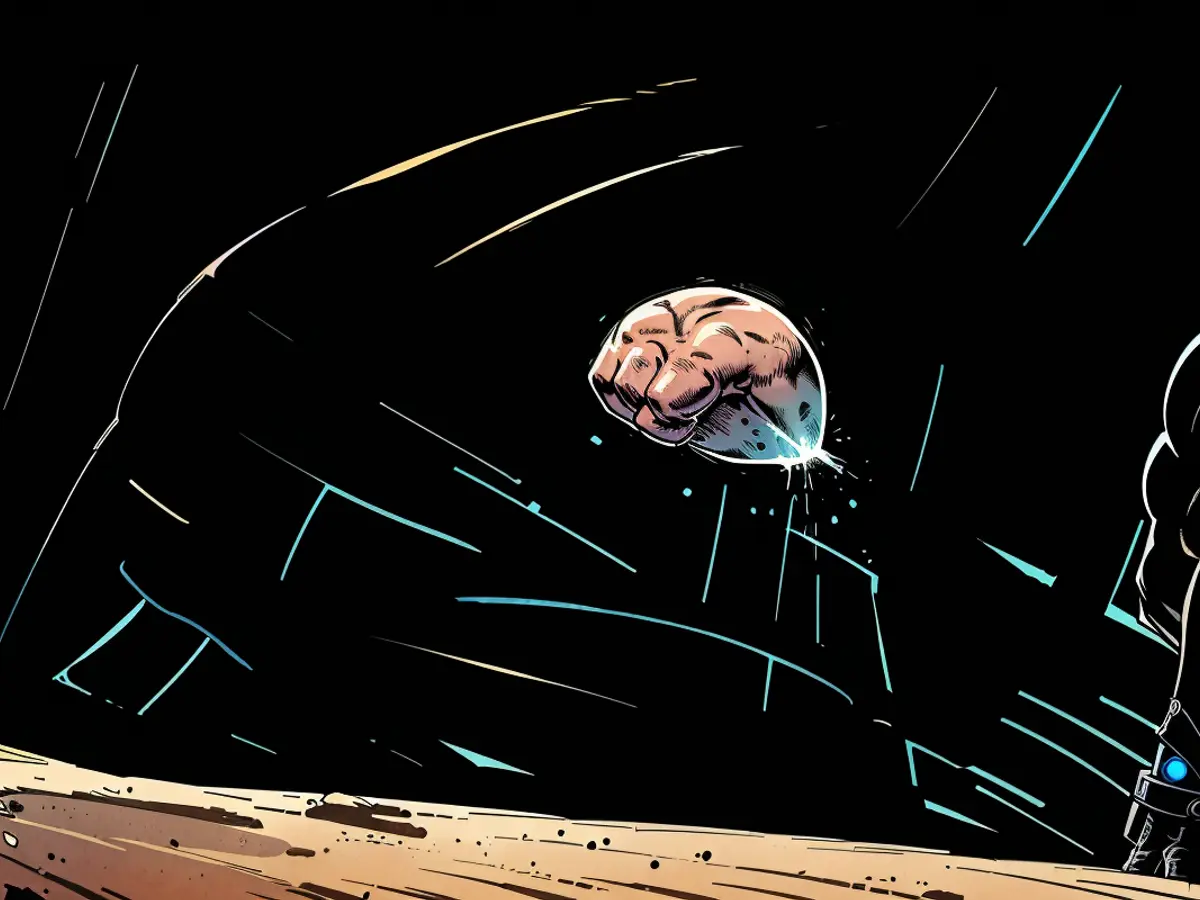Journey into the Cosmos - Astronaut and "Earthrise" capturer Anders passes away.
Twice, the spacecraft orbited around the moon, and Commander Frank Borman made a slight adjustment to its angle. He was astonished to see what his eyes beheld. "Wow! Check out this view," he yelled to his fellow astronauts of the 'Apollo 8' mission. "The Earth is rising. This is gorgeous!" His companion William Anders quickly grabbed a Swedish Hasselblad camera, attached the longest German Zeiss lens he could find, loaded a color film, and started snapping pictures.
"I just snapped, snap, snapped, snapped," Anders recalled later on. And there it was, one of the most renowned, iconic images of our planet: 'Earthrise' (Earthrise).
Presently, Anders has passed away. He died on Friday when the plane he was piloting, northwest of Seattle's prominent coastal city, crashed into the sea, according to American newspapers, citing his son Greg. Anders was 90 years of age. He was presumed to be the sole individual aboard the plane when the incident happened. Authorities are currently investigating the case.
This renowned image is recognized to have been instrumental in shaping the environmental movement.
The image described by NASA under the mundane number 'AS08-14-2383' transformed humanity's perspectives on our planet. It served as a symbol of Earth's fragility and isolation and is seen as the prelude to the environmental movement. It was captured before the era of digital cameras and social media, and yet, 'Earthrise' continues to influence astronauts like the German Alexander Gerst, who shot numerous pictures of his two expeditions to the International Space Station (ISS) and uploaded them online.
NASA chief Bill Nelson commented, "Anders bestowed upon humanity one of the most enlightening gifts an astronaut can give. He voyaged to the threshold of the moon and helped us all perceive something else: ourselves. He learned and adopted the lessons of exploration. We'll dearly miss him."
'Earthrise' was captured on Christmas Eve 1968. The team of 'Apollo 8' astronauts enjoyed their first-ever Christmas celebration in space - with hot chocolate, gingerbread cookies, turkey, corn soup, and orange juice.
And so, the renowned photo artist and father of six had initially dismissed his photo as unimpressive. It wasn't particularly sharp, Anders once said in an interview with the Seattle Times. However, the sight of the trifling, blue Earth, half in the shadow of the silvery moon, had radically affected his thoughts: "Here we are, on a small, insignificant planet, zooming around an unremarkable sun, in a galaxy of millions of stars, with billions of galaxies throughout the universe - are we actually that significant?"
"What we truly found was the Earth," Anders reminisced, "I envisioned three potential outcomes: First, we had a successful mission, which indeed occurred. Two, we were still alive but had an unsuccessful mission (...). Or three, we wouldn't have returned. The probabilities were pretty decent."
The most memorable token of the mission was unplanned: Images of the Earth - like 'Earthrise' - weren't intended to be taken by the 'Apollo 8' astronauts. They had been assigned to photograph and tape the Moon. Unexpectedly, they were the first to see its reverse side. These recordings were later used for subsequent Moon landings. "I often think of it as 'ironic,'" Anders told the 'Seattle Times.' "We went to the Moon to discover it. Yet, what we really discovered was our own planet."
Read also:
- William Anders, the astronaut who captured the iconic 'Earthrise' image during the Apollo 8 mission, was from the USA and resided in Seattle, as mentioned in several articles published by the Seattle Times.
- While on the Apollo 8 mission, Anders used a Hasselblad camera, a popular choice among space explorers during that era, to photograph 'Earthrise' from the confines of the spacecraft.
- Although the Apollo 8 mission primarily focused on photographing the Moon, the unexpected sight of 'Earthrise' on Christmas Eve 1968 proved to be a pivotal moment in space travel, changing the perspective of NASA astronauts, including Anders.
- The 'Earthrise' image, now a symbol of humanity's fragility and isolation, has been instrumental in shaping the environmental movement, inspiring subsequent astronauts and scientists, such as German Alexander Gerst, to document their experiences in space.
- Following the groundbreaking Apollo 8 mission, Anders continued to explore and advocate for the importance of space travel throughout his life, often reflecting on the impact of 'Earthrise' and the unexpected discovery of our own planet.
- The photography and exploration capabilities of American-made cameras like the Hasselblad have played a significant role in documenting extraordinary milestones in space travel, including the legendary 'Earthrise' and 'Moonrise' images captured by Andrew and other astronauts.






